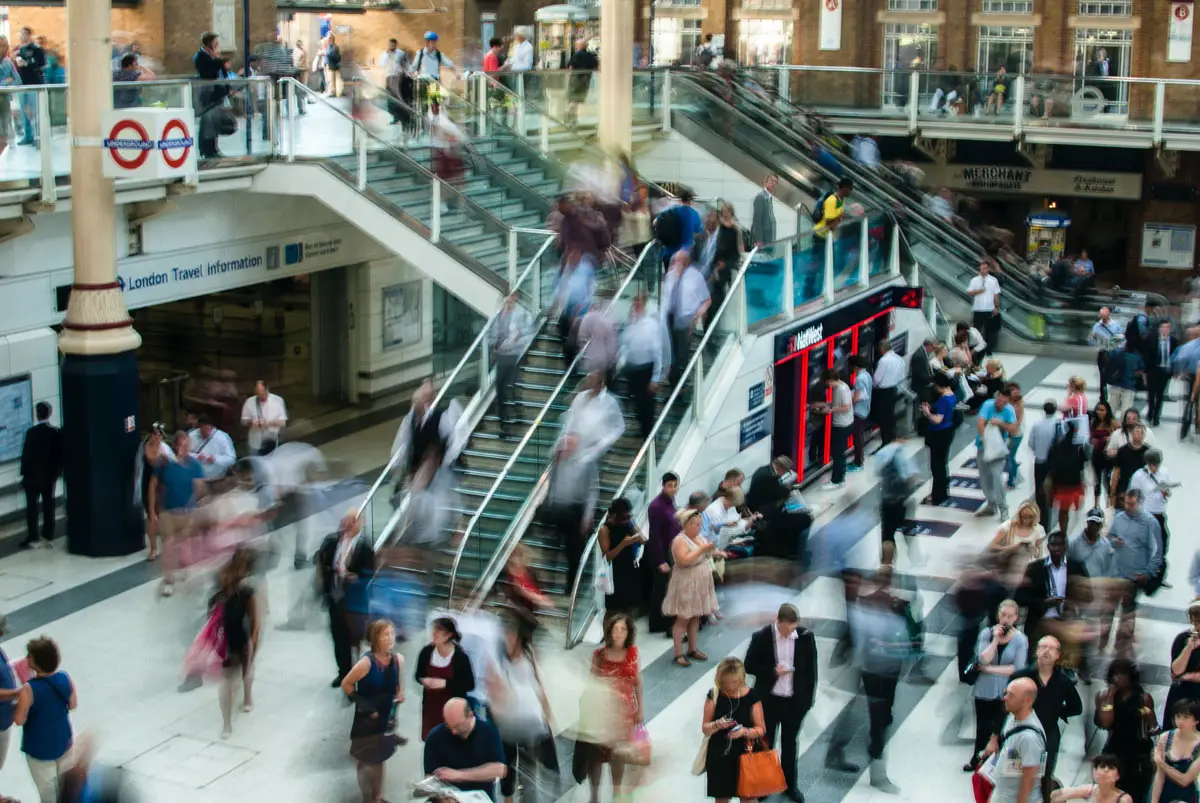The future of a child born today is uncertain. The situation humankind currently finds itself in can be described with the words “too many, too much”. The description also provides the answer to the issues found in our research: not too many, not too much.
Too many, too much.
It is important to explain something to avoid confusion. This research is not about too much, this is about too many. The issue here is that there are too many people that are consuming. The number of protein-producing animals is the consequence of having 8 billion humans on this planet. Because we are with that many we use too much, too many people using too much. Not the other way around.

The ultimate issue that will determine the future for generations to come and humankind’s long-term future as a species on this planet is sustainability. Sustainability means using things in daily life that can be renewed by the Earth, including the rubbish left behind. If the amount of things you use is the same amount of things the planet can regenerate: that is sustainable.
Earth Overshoot Day
When human demand on Earth’s biocapacity exceeds the planet’s ability to renew/regenerate resources, it is called “overshoot.” The Ecological Footprint Network has developed a method to measure this demand, and according to their calculations, the Earth has been in overshoot since the 1970s, when the world population number reached 4 billion. Earth Overshoot Day is the date when humanity’s demand for resources exceeds nature’s budget for the year. In 2022, Earth Overshoot Day fell on July 28, indicating that humans had used up all the resources that the planet could renew in a sustainable way for that year. On December 31, 2022, we had used 175% of what the planet is able to deliver in a sustainable way, and the world population reached a new record of 8 billion on November 15, 2022. All of this indicates that human behaviour is not sustainable, and we are using resources at an unsustainable rate.
There are two ways in which human behaviour is not sustainable. The first is that there are too many people using too many resources. The second is more complex and has to do with the impact of agriculture on the Earth’s natural habitat and biodiversity. Agriculture often involves land clearing, which destroys everything on the land, including bushes, boulders, trees, and all the living organisms in or on them. This process reduces the planet’s biocapacity and reduces biodiversity, which is essential to the Earth’s ability to regenerate resources. 42,000 species are threatened with extinction, and agriculture is listed as a threat for 24,000 of them.
Too many, too much
The behaviour of humankind is like a double-bladed knife. It cuts on our planet’s resources with both sides. One side cuts on resources by the ever-growing demand, combined with the near future growth of global human population. The other side cuts on the planet’s ability to regenerate those resources used. Human behaviour results in a decline of natural habitat, biodiversity and subsequently earth’s biocapacity. And that will result in a decline in the planet’s ability to regenerate humankind’s demands. The double-bladed knife represents a very dangerous combination for our future. For the quality of future children born today are going to have. It is also a dangerous combination for the long-term future of humankind as a species on this planet. Too many people using too much.
© 2024 - World Population Limitation Movement | Website by Donkeys & Co.